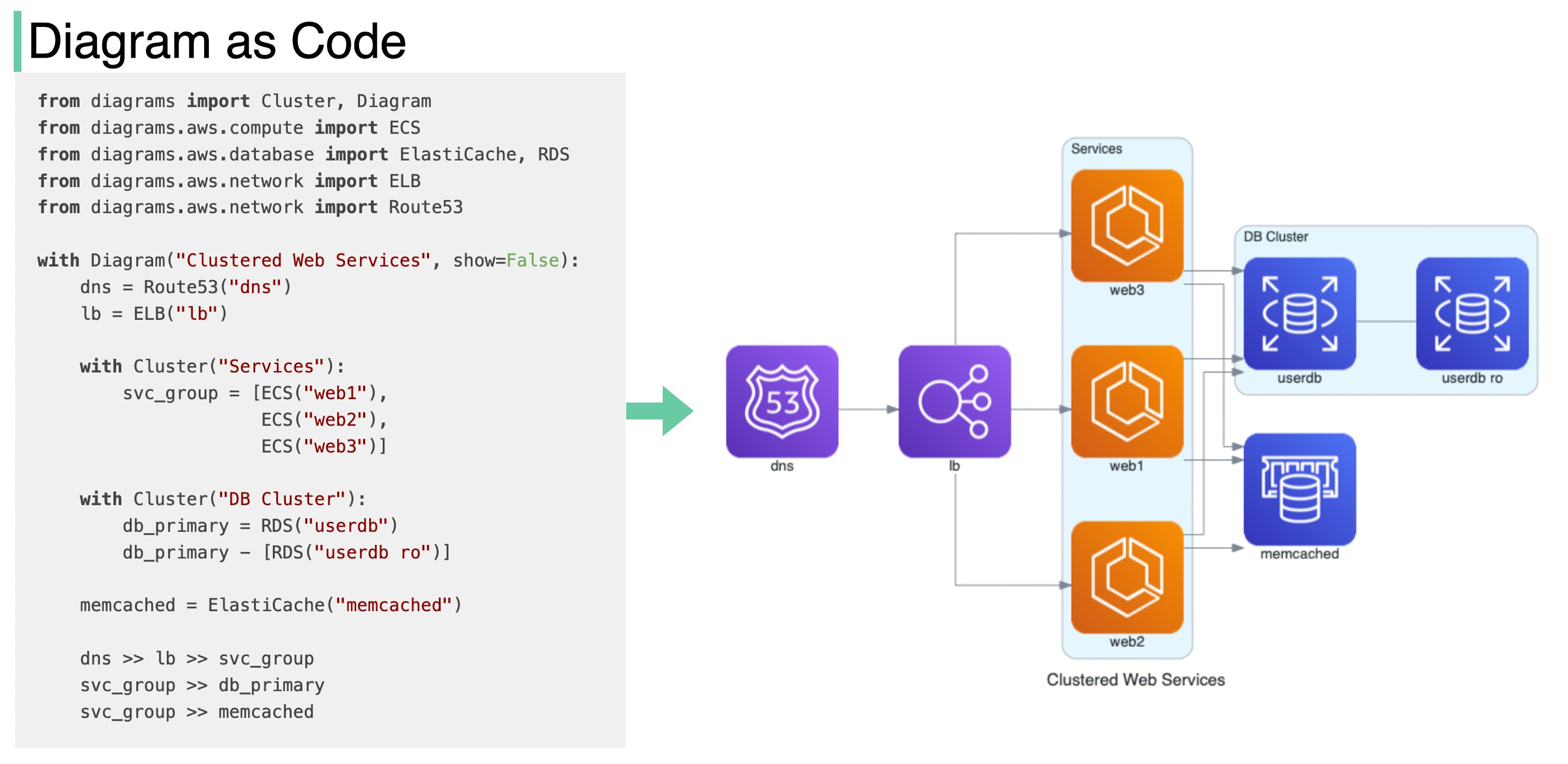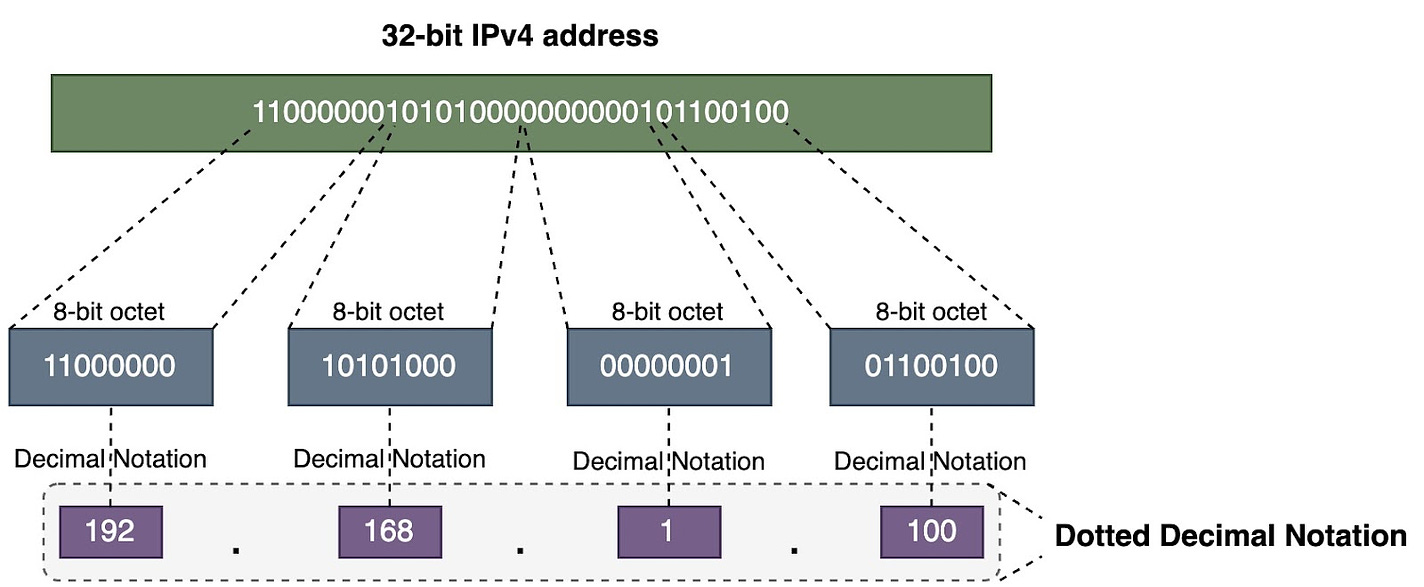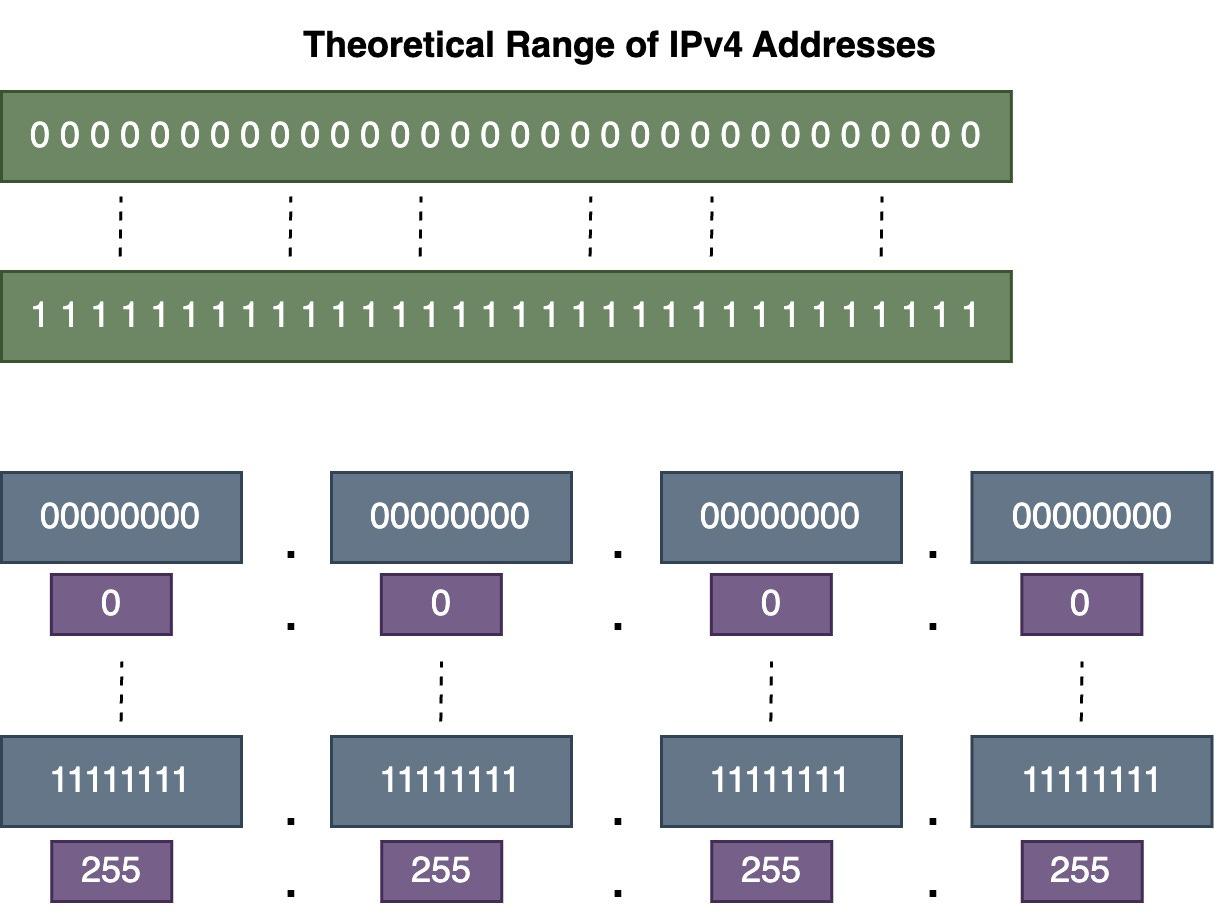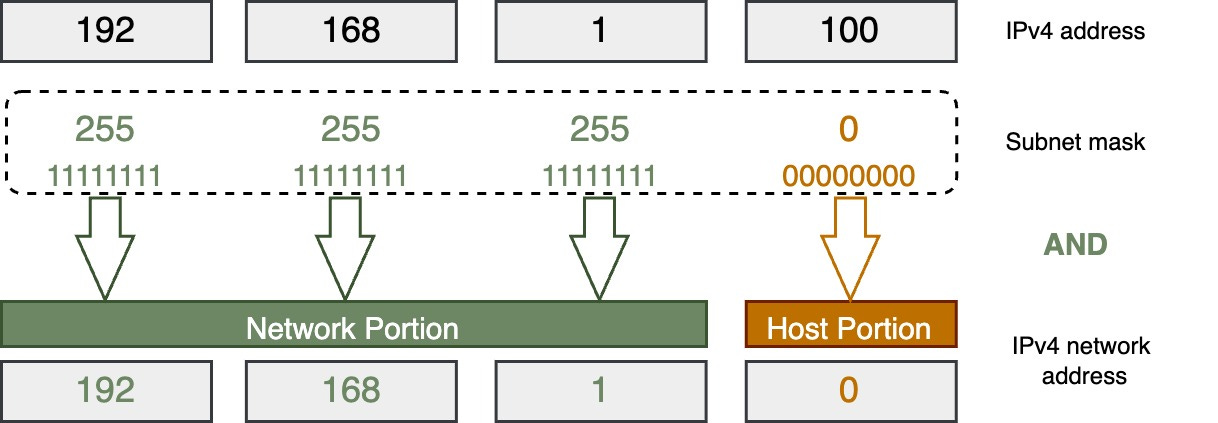- Mailing Lists
- in
- A Crash Course in IPv4 Addressing
Archives
- By thread 5217
-
By date
- June 2021 10
- July 2021 6
- August 2021 20
- September 2021 21
- October 2021 48
- November 2021 40
- December 2021 23
- January 2022 46
- February 2022 80
- March 2022 109
- April 2022 100
- May 2022 97
- June 2022 105
- July 2022 82
- August 2022 95
- September 2022 103
- October 2022 117
- November 2022 115
- December 2022 102
- January 2023 88
- February 2023 90
- March 2023 116
- April 2023 97
- May 2023 159
- June 2023 145
- July 2023 120
- August 2023 90
- September 2023 102
- October 2023 106
- November 2023 100
- December 2023 74
- January 2024 75
- February 2024 75
- March 2024 78
- April 2024 74
- May 2024 108
- June 2024 98
- July 2024 116
- August 2024 134
- September 2024 130
- October 2024 141
- November 2024 171
- December 2024 115
- January 2025 216
- February 2025 140
- March 2025 220
- April 2025 233
- May 2025 239
- June 2025 303
- July 2025 29
A Crash Course in IPv4 Addressing
A Crash Course in IPv4 Addressing
Latest articlesIf you’re not a subscriber, here’s what you missed this month. To receive all the full articles and support ByteByteGo, consider subscribing: Welcome to our latest issue on IPv4 addressing. In this issue, we'll learn about the basic parts of IPv4 addressing, including its structure, the role of subnet masks, and the meaning of network, broadcast, and host addresses. IP is used to send packets from the source to their final destination, either within the same network or across multiple networks. So, without further ado, let’s jump right into IPv4 addressing. IPv4 Address StructureAn IPv4 address is written using dotted decimal notation, but it is actually a 32-bit address. This gives us a total of about 4.29 billion possible addresses. We divide the 32-bit address into four 8-bit sections called octets. Then we convert each octet into a decimal value. This is called dotted decimal notation, and that's how we write IPv4 addresses. The range of an IPv4 address can be from four 0s (0.0.0.0) in dotted decimal notation to four 255s (255.255.255.255). IPv4 Address and Subnet MaskAn IPv4 address has two main parts:
The subnet mask (also called the prefix length) separates the network portion from the host portion of the IPv4 address. A subnet mask is 32 bits long. It has a group of 1s followed by a group of 0s. The 1s indicate the network portion of the IP address, and the 0s indicate the host portion. How to Write a Subnet MaskThere are two ways to write a subnet mask: Dotted Decimal NotationWe can use dotted decimal notation, just like for IPv4 addresses. Example: 255.255.0.0 Slash Notation or Prefix LengthWe can also use a slash notation, which shows the number of 1 bits in the mask. Example:
Using the slash notation if more common nowadays. Finding the IPv4 Network Address Using the Subnet MaskLet’s say we have a host IPv4 address (192.168.1.100) and a subnet mask (255.255.255.0). How do we find the network address from the host address using the subnet mask? In binary notation, we perform a bitwise AND operation between the host address and the subnet mask. For each bit position, if both the address and mask bits are 1, the result is 1. Otherwise, the result is 0. The result gives us the network address.  Continue reading this post for free, courtesy of Alex Xu.A subscription gets you:
© 2024 ByteByteGo |
by "ByteByteGo" <bytebytego@substack.com> - 11:35 - 28 Mar 2024




